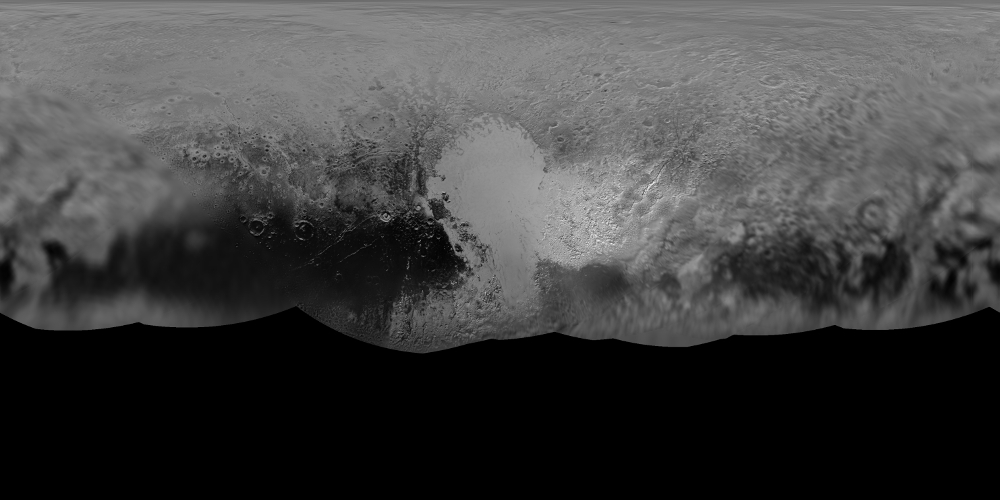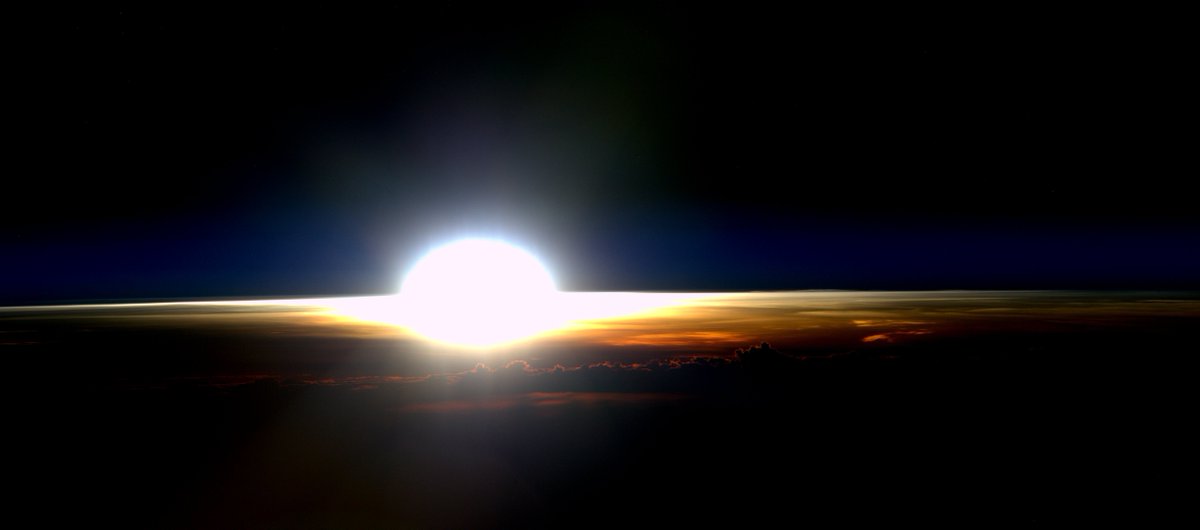- Joined
- Sep 1, 2010
- Messages
- 7,023 (1.29/day)
Interesting theory:
The Earth's magnetic field permanently protects us from the charged particles and radiation that originate in the Sun. This shield is produced by the geodynamo, the rapid motion of huge quantities of liquid iron alloy of very low viscosity in the Earth's outer core. To maintain this magnetic field until the present day, the classical model required the Earth's core to have cooled by around 3000 °C over the past 4.3 billion years. Now, a team of researchers from CNRS and Université Blaise Pascal suggests that, on the contrary, its temperature has fallen by only 300 °C. The action of the Moon, overlooked until now, is thought to have compensated for this difference and kept the geodynamo active. This new model shows that the Moon's effect on the Earth goes well beyond merely causing tides.

The Earth continuously receives 3.7 TW (terawatt) of power through the transfer of the gravitational and rotational energy of the Earth-Moon-Sun system, and > 1 TW is thought to be enough to generate the Earth's magnetic field.

Sun today

AR2526 Sunspot In H-Alpha
Another interesting theory:
Planet X Blamed for Earth's Mass Extinctions


Pluto's Bladed Terrain in 3D

Opportunity Takes on Steepest Slope Ever Tried on Mars

The rover's tilt hit 32 degrees while Opportunity was making its closest approach to an intended target near the crest of "Knudsen Ridge."
The Earth's magnetic field permanently protects us from the charged particles and radiation that originate in the Sun. This shield is produced by the geodynamo, the rapid motion of huge quantities of liquid iron alloy of very low viscosity in the Earth's outer core. To maintain this magnetic field until the present day, the classical model required the Earth's core to have cooled by around 3000 °C over the past 4.3 billion years. Now, a team of researchers from CNRS and Université Blaise Pascal suggests that, on the contrary, its temperature has fallen by only 300 °C. The action of the Moon, overlooked until now, is thought to have compensated for this difference and kept the geodynamo active. This new model shows that the Moon's effect on the Earth goes well beyond merely causing tides.

The Earth continuously receives 3.7 TW (terawatt) of power through the transfer of the gravitational and rotational energy of the Earth-Moon-Sun system, and > 1 TW is thought to be enough to generate the Earth's magnetic field.

Sun today

AR2526 Sunspot In H-Alpha
Another interesting theory:
Planet X Blamed for Earth's Mass Extinctions


Pluto's Bladed Terrain in 3D

Opportunity Takes on Steepest Slope Ever Tried on Mars

The rover's tilt hit 32 degrees while Opportunity was making its closest approach to an intended target near the crest of "Knudsen Ridge."





































 us
us















































 Little bit better news:
Little bit better news:





























